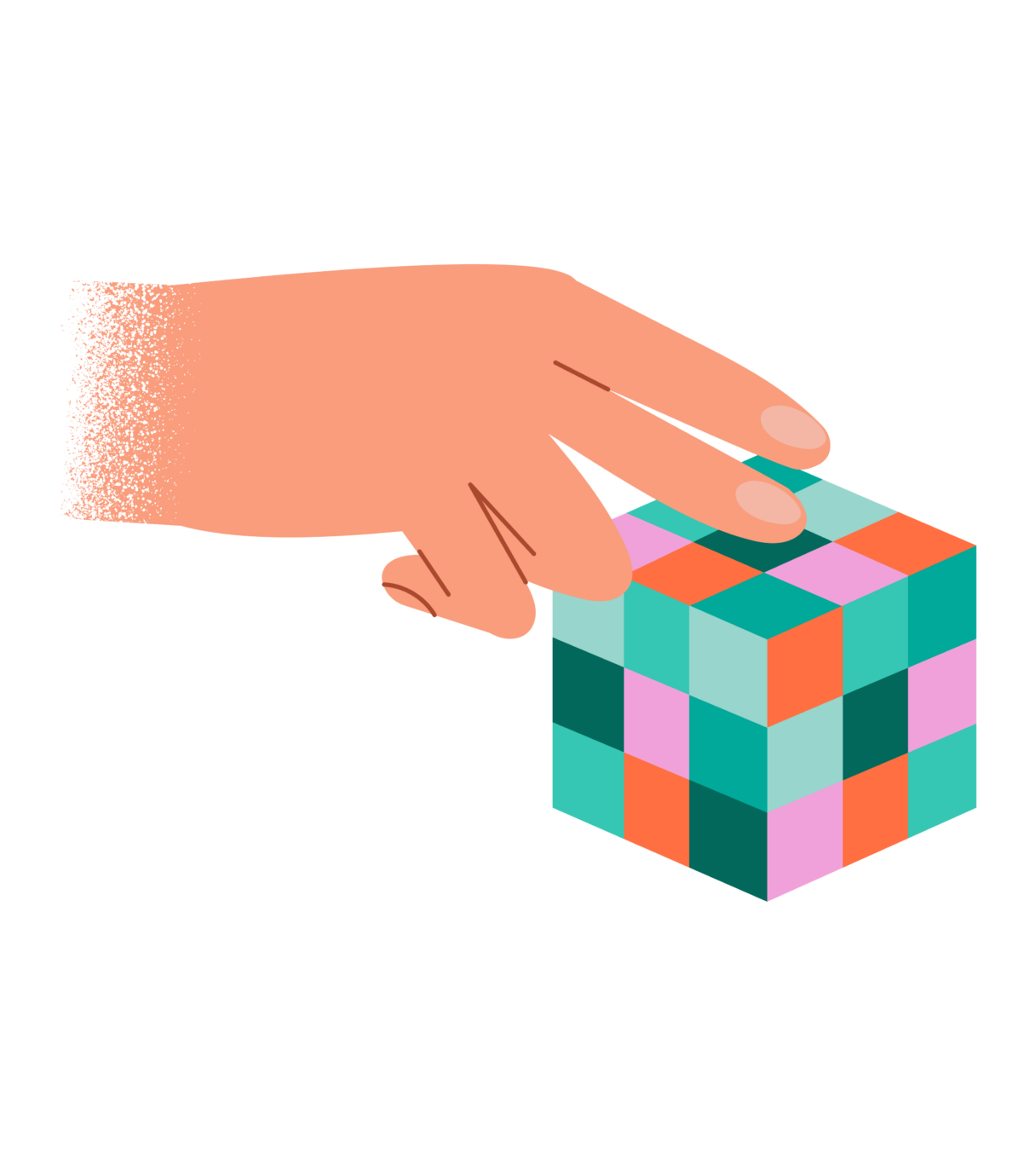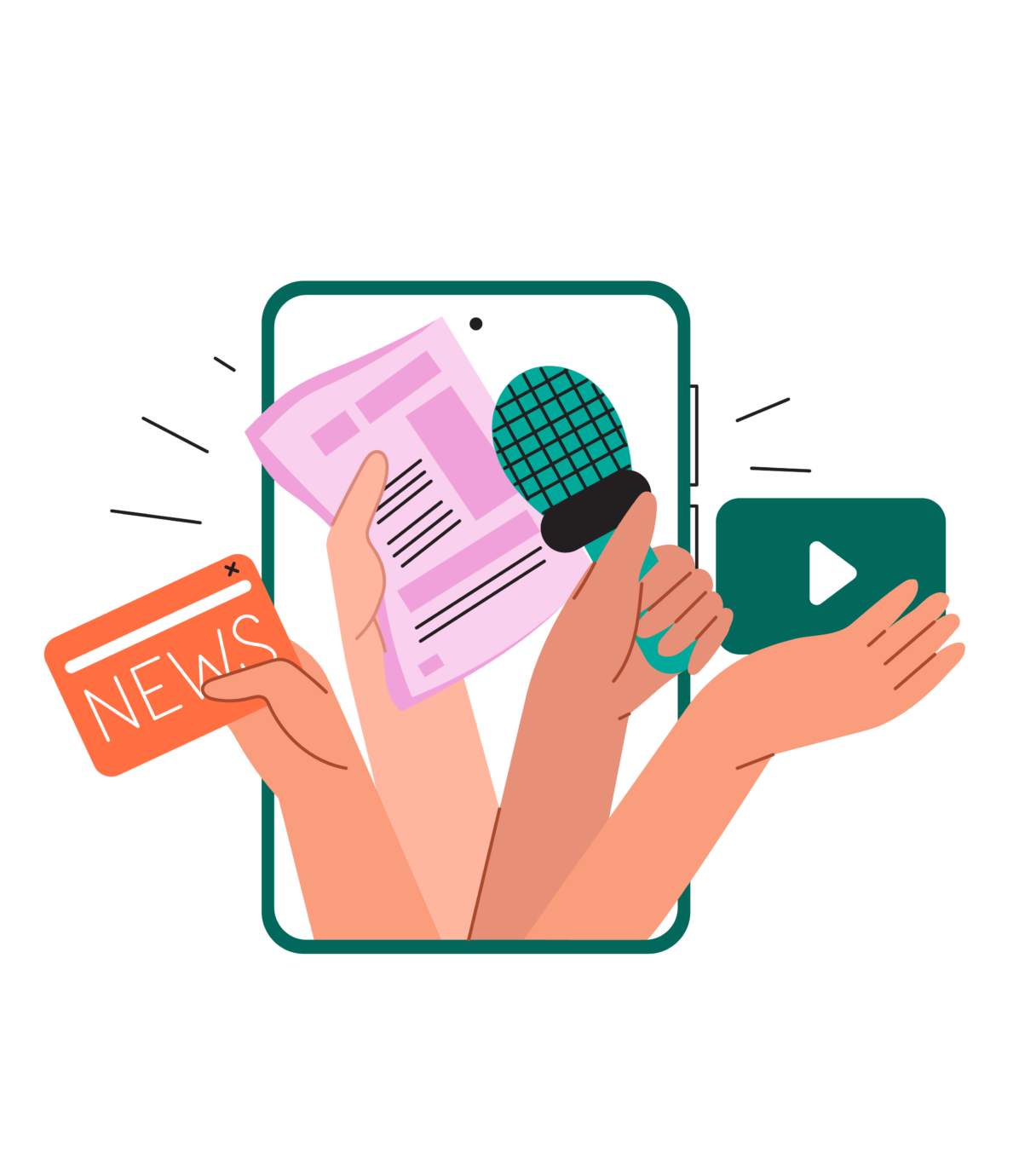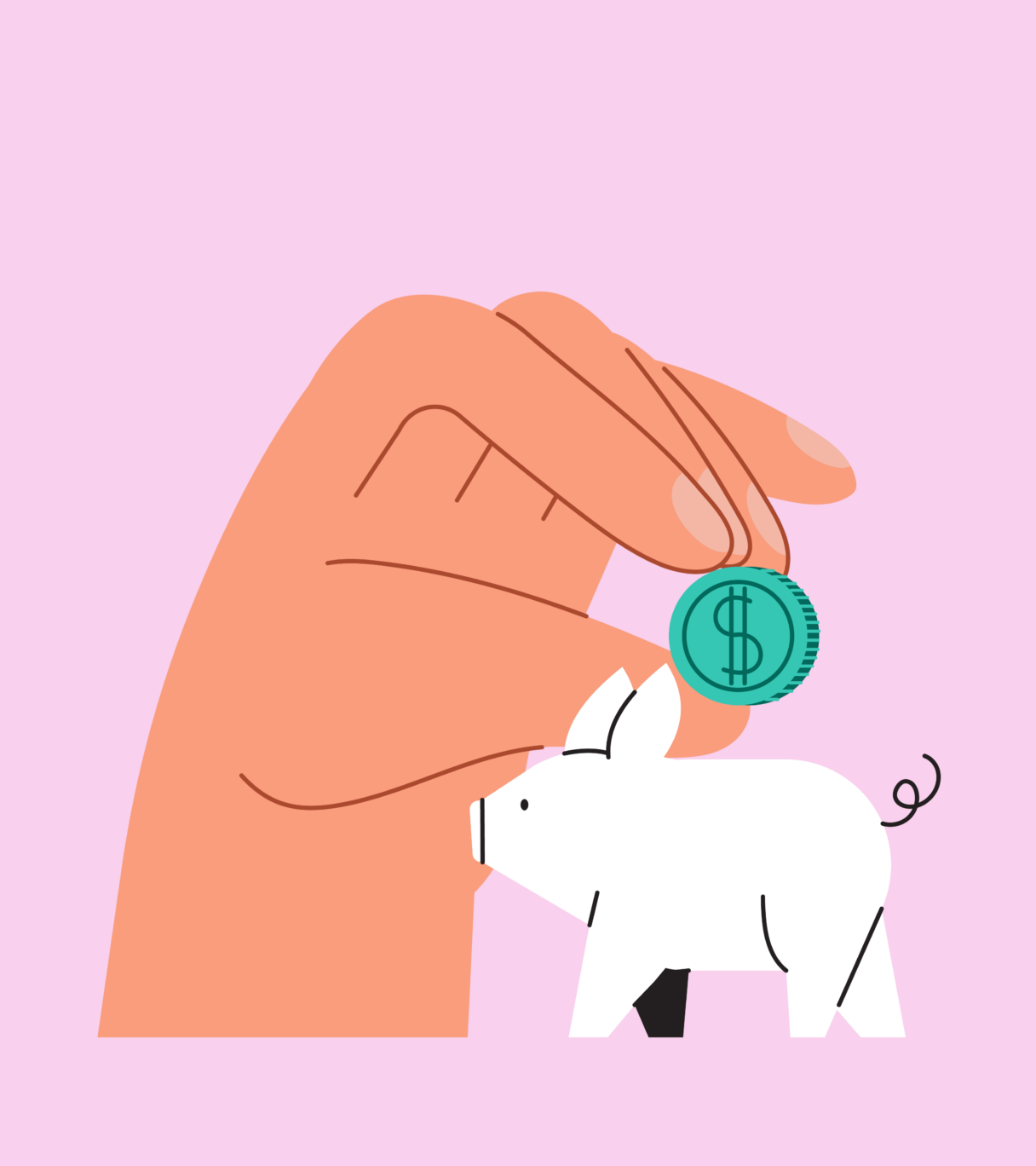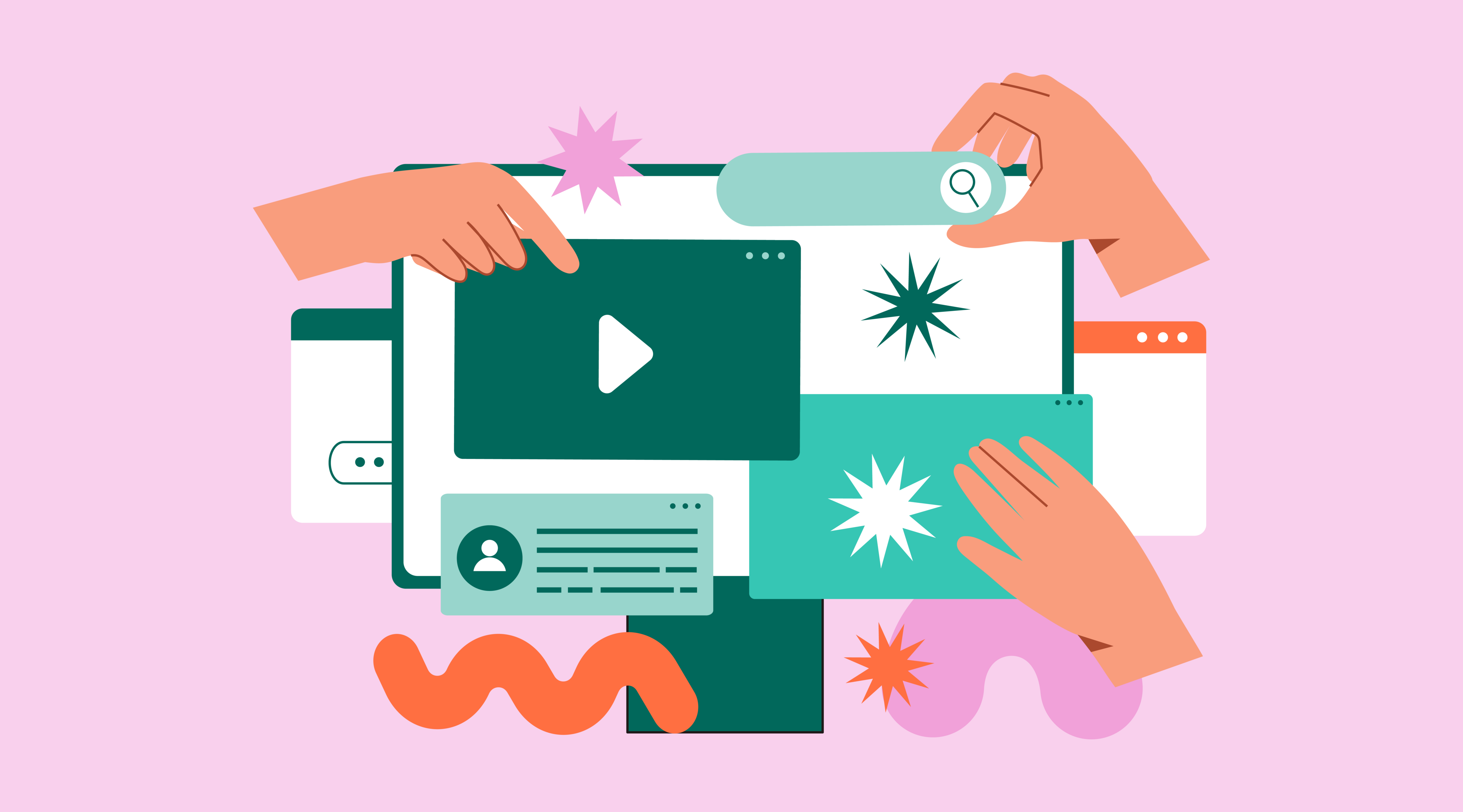
Do you dream of customers interacting with your business without you having to overwhelm them with advertising? Then the answer might be inbound marketing.
The way to customers’ – and Google’s – attention can be found with knowledge- and content-driven marketing. That’s why inbound marketing is worth its weight in gold if done correctly.

What is inbound marketing?
In short, inbound marketing is a term that covers several different forms of marketing, which aims to attract users through relevant and value-creating content of high quality – and drive them further through the customer journey.
Content can take many forms: blogs, e-books, newsletters, how-to guides, knowledge articles, blog posts, infographics, landing pages, white papers, video and more. The most important thing is that it is of such high quality and relevance that the target group actively chooses to interact with it on their own initiative.
Inbound marketing is what is called pull marketing. This means that you try to attract customers without directly exposing them to advertisements all the time.
There is, of course, a counterpart to this: push marketing. This is also what is called outbound marketing. Here, you reach out more actively to the users by just pushing the messages out.
Inbound marketing in practice
The inbound marketing process is divided into four stages:
Attraction → conversion → sales → development.
Each stage contains several marketing tools and measures that your company can use to drive the potential customers forward in the process, so that they are transformed from stranger → visitor → leads → customers → brand ambassador.
Let’s dive in.

1. Attraction
The first stage is attraction, and in this stage the aim is to attract as many potential customers as possible – and you do this by creating awareness around your company, brand and products. Users must discover and become familiar with your brand. If it succeeds, then the users change from being strangers to being visitors.
There is no golden rule on how to do this. But there are several obvious types of content and channels:
- Blog posts – can be anything from professional to entertaining and inspiring.
- Dedicated landing pages – unique sites with a specific purpose.
- Seminars and webinars – demonstrate your company’s skills.
- Social media – can promote your business, create brand awareness and attract the target audience. Opportunity to target people who have already shown interest.
- Whitepapers – a lead generator, as you can ask people to enter their email or other contact information to access the content.
- SEO – contributes to making your website more visible in the search results and generally more searchable.
Which ones you choose depends on your strategy and goal.

2. Conversion
Stage two is conversion: now it’s about warming up the visitors to become leads and afterwards keeping their interest.
How you do it depends on which of the previously mentioned content types and distribution channels you chose to use.
What is common, however, is that you must create value-creating content of such high quality and relevance that users choose to interact with it and ultimately convert.
Here you can use:
- CTAs – encourage the visitors to act actively based on your content. It can be implemented buttons, active links, explicit statements, automated advertising tools, etc.
- Plugins – implemented directly on your website. For example, a chat function or dialog box that pops up and offers personal help when users browse the website.

3. Sale
The third stage is sales. Here you must nurture and maintain your leads so that they continue to be warm and interested. It is also called lead nurturing.
For such a purpose, there are several more or less automated ways in which you can make sure that your leads feel seen and heard. E-mail marketing and CRM systems (Customer Relationship Management) are two of the typical ones.
- CRM systems – If you have managed to collect information and data from your leads, you can use them strategically by structuring them in your CRM system and communicate more targeted to your customers across platforms and at the right times of the customer journey.
- E-mail marketing – possibility to adapt mail flows and target with content that is individually adapted to the individual leads.
By using these kinds of tools, you can target your leads with more relevant content. In this way, they are kept warm and create a better basis for future conversions.

4. Development
The last stage is development. Although it is the last stage, in a way it also marks a new beginning. It is not only about attracting new customers when you work with inbound marketing. It is also about nurturing and maintaining existing customers to such an extent that they want to make more purchases and recommend you to their friends – becoming so-called brand ambassadors.
To create loyal customers, it is important that you are close to them, take care of them and give them what they need. You can advantageously use:
- Tailored content – adapted to the individual customer and their needs.
- Dialogue-based marketing – use social media or the like to make contact and create dialogue with customers.
- Satisfaction surveys – very specific: ask what the customers want and how they feel.
Then it’s just a matter of getting started with creating value-creating and relevant content that can attract users to your website. Users who, over time, will hopefully become loyal buyers and brand ambassadors.